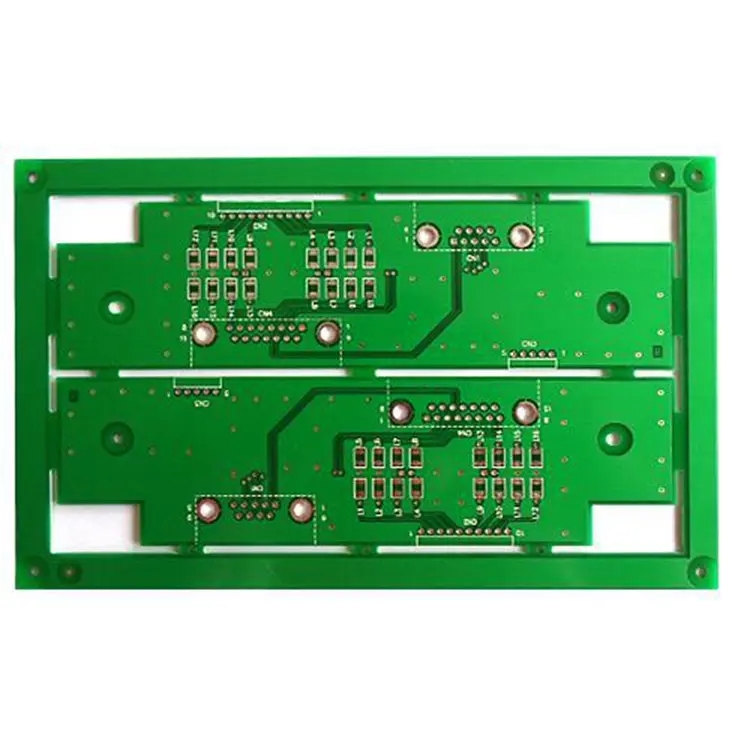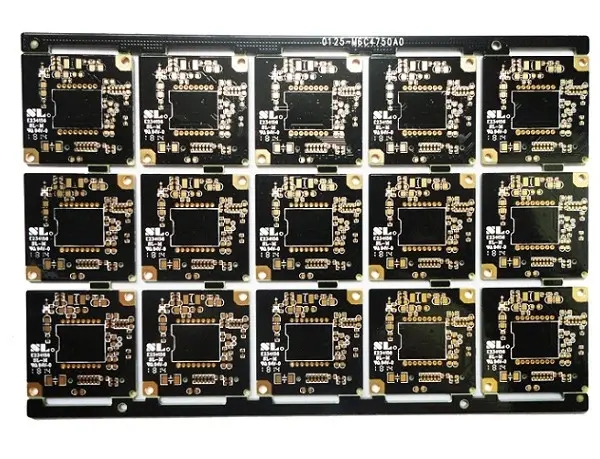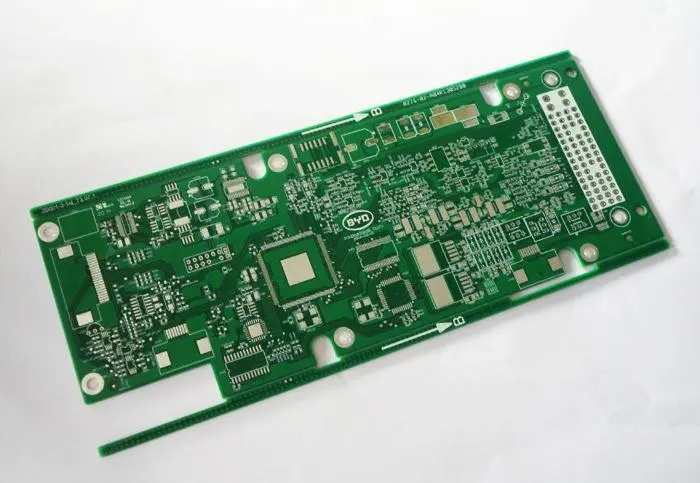
PCB manufacturer explains pcb manual wiring and automatic wiring processing
1. Manual wiring and key signal processing
Manual wiring is an important process of PCB design now and in the future, and it is helpful for automatic wiring tools to complete wiring.
By manually routing and fixing the selected network (net), a path that can be used for automatic routing can be formed.
First, route the key signals, either manually or with automatic routing tools. After the wiring is completed, relevant engineers and technicians shall check the signal wiring. After passing the inspection, fix these lines, and then start automatic wiring for other signals.
The existence of impedance in the ground wire will bring common impedance interference to the circuit. Therefore, it is not allowed to connect all points with grounding symbols at will during wiring, which may cause harmful coupling and affect the work of the circuit.
At higher frequencies, the inductive reactance of the conductor will be several orders of magnitude greater than the resistance of the conductor itself. At this time, even if only a small high-frequency current flows on the wire, it will also produce a certain high-frequency voltage drop. Therefore, for high-frequency circuits, the PCB layout should be as compact as possible to make the printed wire as short as possible.
There are mutual inductance and capacitance between printed wires. When the working frequency is large, it will interfere with other parts, which is called parasitic coupling interference. The following inhibition methods can be adopted:
Shorten signal wiring between levels as much as possible;

Arrange the circuits at all levels according to the signal sequence to avoid the signal lines at all levels crossing each other;
The conductors of two adjacent panels shall be vertical or cross, not parallel;
When signal conductors are to be laid in parallel in the board, they should be separated by a certain distance as far as possible, or separated by ground wires and power lines to achieve the purpose of shielding.
2. Automatic routing
For the wiring of key signals, it is necessary to consider controlling some electrical parameters during the wiring, such as reducing the distributed inductance. After knowing what input parameters the automatic wiring tool has and the impact of the input parameters on the wiring, the quality of the automatic wiring can be guaranteed to a certain extent.
General rules should be used when routing signals automatically. By setting limiting conditions and prohibited wiring areas to limit the layers used for a given signal and the number of vias used, the wiring tool can automatically wire according to the design idea of the engineer. After the constraint conditions are set and the rules created are applied, the automatic routing will achieve a result similar to that expected. After part of the design is completed, fix it to prevent it from being affected by the subsequent routing process.
The number of wiring depends on the complexity of the circuit and the number of defined general rules. Today's auto routing tools are very powerful, and can usually complete 100% routing. However, when the automatic wiring tool does not complete all signal wiring, it is necessary to manually wire the remaining signals.
3. Arrangement of wiring
For signals with few constraints and long wiring length, you can first determine which wiring is reasonable and which is unreasonable, and then manually edit to shorten the signal wiring length and reduce the number of vias.
PCB manufacturers, PCB designers and PCBA manufacturers will explain the manual wiring and automatic wiring processing of PCBs.









